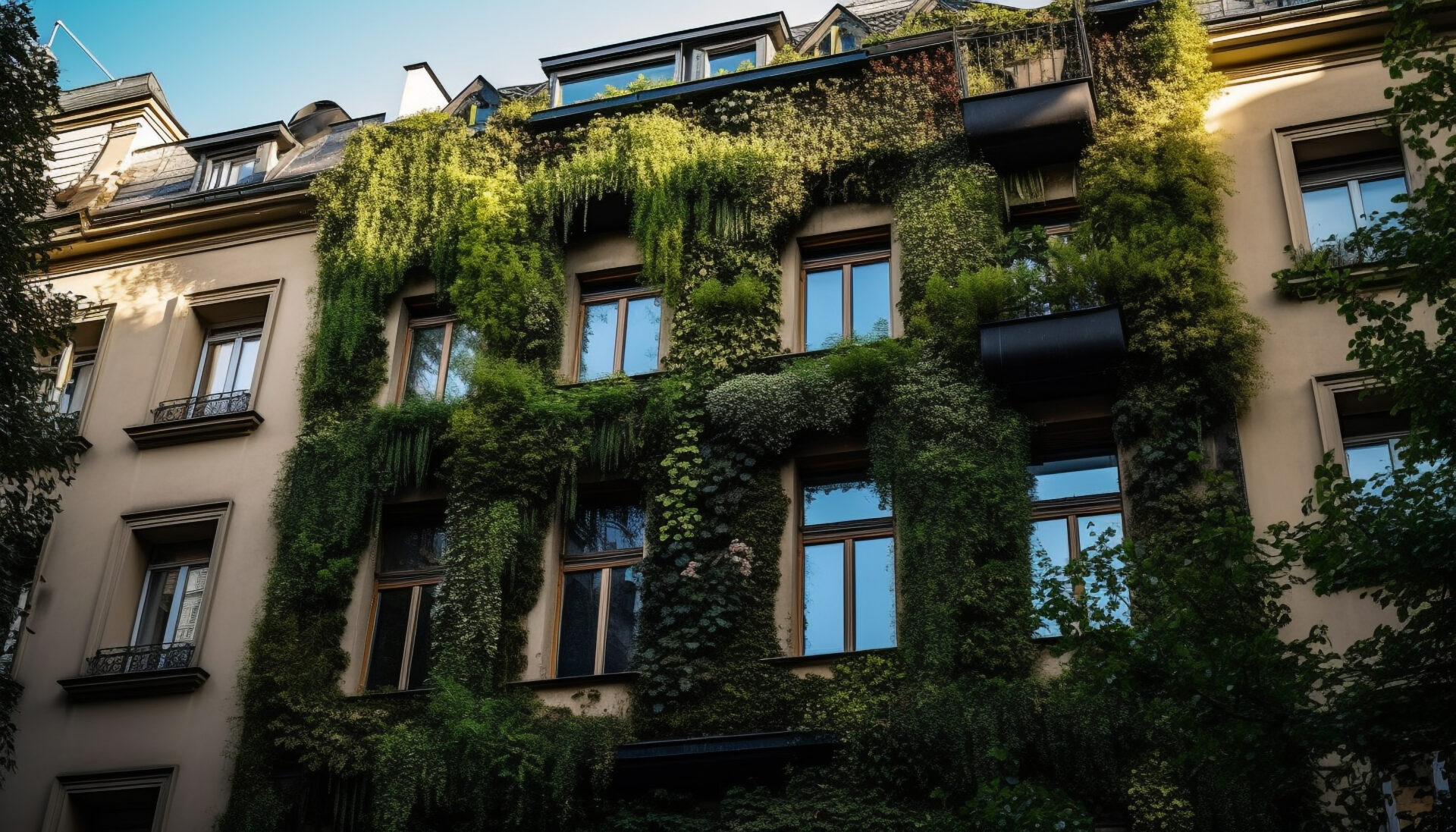- Lifestyle
- 07 Feb 2024
PARIOLI: THE CAPITAL’S DISTRICT FROM ITS ORIGINS

Collection Luxury Lifestyle Magazine #3 Dicembre 2023
Author Cristiana Winkler, The RE/MAX Crystal, Roma

PARIOLI: THE CAPITAL’S DISTRICT FROM ITS ORIGINS
Rome is rich in districts, but Parioli, among the earliest born in the early 1900s, is recognized by many as one of the most important in the Eternal City. The roots of the Parioli district go back to ancient Rome, when the neighborhood did not yet exist and in its place stretched a promontory known as “Monte Peraiolo,” which was intended for the cultivation of pear trees; hence the name “Peraioli,” later changed to Parioli. During the period of the Roman Empire, this place became a resort and resting place for patrician families and the Roman nobility, who built their villas and palaces here to escape the chaos of the city center and enjoy the tranquility of the surrounding countryside. This process of urbanization and transformation led to the birth of the Parioli district as we know it today.
URBAN DEVELOPMENT
In the early 1950s, the Parioli presented itself as a neighborhood inhabited by the upper-middle class, mostly officers and prominent figures of Fascism. These were the years when elegant mansions and small villas were being erected, set in green stately settings, still visible today as a historical and cultural symbol of this neighborhood’s past. The district has always been the residence of wealthy personalities, merchants, entrepreneurs and entertainment and television personalities. Even the cinema has taken advantage of it, shooting films and generating attention for books and magazines, thanks to the historical value of the area in which there are, the remains of the ancient Sabine city “Antemnae,” the Roman villa of the Auditorium and the Catacombs of the Giordani and Sant’Ilaria. Here, after World War II, prominent Roman figures in politics and finance, but also in culture, art and cinema, had their exclusive villas built. By the 1960s, this area was already an “in” zone, a district synonymous with sophistication, a place where the Roman Dolce Vita took place. Many artists from the worlds of music and entertainment drew their springboard right to the Piper Club, a well-known historic pariolino venue of 1960s music not far from the focal point of the district, the squares Ungheria and Euclide, home to trendy clubs and classy restaurants.

THE PARIOLI DISTRICT TODAY
Tree-lined boulevards, stately mansions, and lush parks make Parioli an elegant neighborhood, with its refined atmosphere, architectural beauty, and amenities offered to residents. Indeed, everyone would like to live in Parioli because of its chic charm and convenient adjacency to the historic center. There is no shortage of points of interest and cultural aggregation in the Parioli district, such as Renzo Piano’s Auditorium, the Sport Palace and the Flaminio Stadium. Sport reigns supreme here, thanks in part to the presence of sports facilities in the Acqua Acetosa area with the Circolo Canottieri Aniene, Stadio delle Aquile – now Stadio Paolo Rossi – and the Giulio Onesti Sports Center. The Parioli district is home to numerous embassies and the prestigious private Luiss University, surrounded by greenery, whose crowning glory is the Villa Borghese park, the fifth largest in the capital, where it is possible to stroll in nature among manicured gardens within walking distance of the Roman city center.
Behold, Parioli, the area that stretches along the banks of the Tiber River, a stone’s throw from the RAI headquarters, is all of this, Rome’s most renowned district, a symbol of the capital’s charm and prestige. An ode to elegance, a place where beauty, history and luxury come together in a harmonious symphony and where style is at home.

 English
English Italiano
Italiano